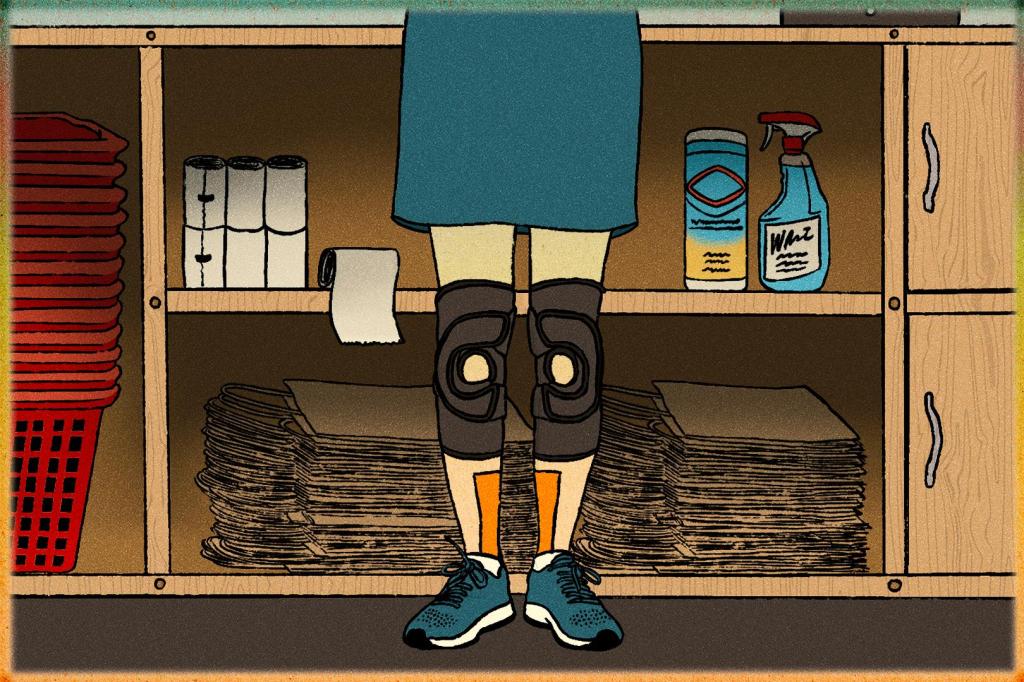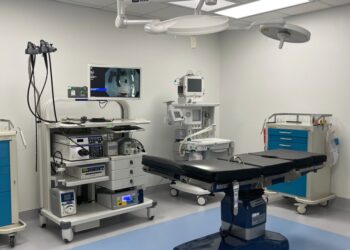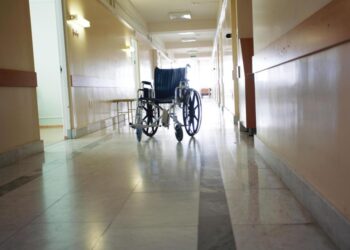By CATHY BUSSEWITZ
NEW YORK (AP) — As a citizen of both France and America, Margaux Lantelme has noticed a difference in how store cashiers work in the two countries: in France, they do their jobs sitting down. In the U.S., where Lantelme works a register at REI, cashiers typically spend eight hours a day on their feet.
For Lantelme, a former kayaking instructor, prolonged standing can trigger flare-ups of chronic pain that limit her mobility. She requested a chair to use during her shift and got one. But after a change in management, she had to fill out paperwork to keep the chair, which required multiple doctor visits and insurance co-payments over a period of months. She’s still waiting for final approval.
“Not having access to a chair without approval from a doctor, which costs money and time and energy, is really ridiculous,” Lantelme said. “I personally think that people should be able to have access to seating at work anytime they need it.”
Aches, pains and complications
Standing for long periods can lead to low back pain, fatigue, muscle pain and leg swelling, and it can increase the risk of cardiovascular problems and pregnancy complications, according to a review conducted by the National Institute for Occupational Safety and Health. Researchers there concluded that movement, whether walking or shifting from a standing to a seated or leaning position, appeared to be the best way of reducing those health hazards.
Being on one’s feet for an extended time also can lead to chronic venous insufficiency, a disease in which damaged veins impact blood circulation, according to the Association of periOperative Registered Nurses, which represents operating room nurses.
The association recommends trying “fatigue-reducing techniques such as alternate propping one foot on a footstool, the use of anti-fatigue mats, using a sit-stand stool and wearing supportive footwear,” said Lisa Spruce, senior director of evidence-based perioperative practices at…
Read the full article here







